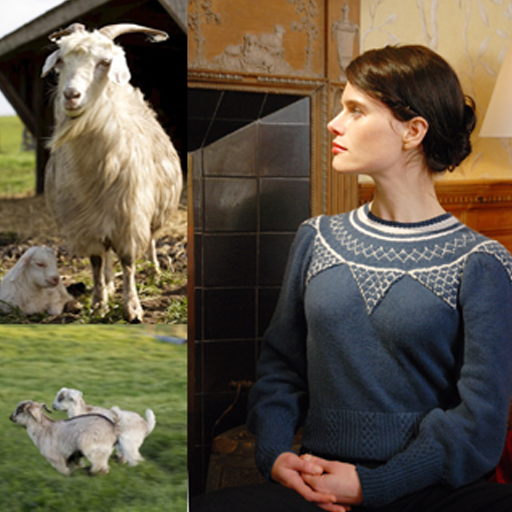
CASHMERE FACTS
• 100% natural product from Cashmere goats
• Fibre range is from 14 - 24 microns
• Fibre length is 34mm - 36mm
CASHMERE BENEFITS
• Luxuriously soft
• Comfortable
• Extremely Lightweight
• Long lasting
CASHMERE STORY
Cashmere wool, more simply known as cashmere, is renowned worldwide as one of the most luxurious fibres in the world. The name cashmere comes from an old spelling of Kashmir, the northernmost region of India. Cashmere is also known as pashm, a Persian word for wool, which is where the word pashmina is derived to describe the handmade shawls famously from India and Kashmir. These goats are found throughout Asia, the Middle East, Australia and New Zealand with China being the largest producer worldwide. The finest cashmere is from China where the ferocity of the environment creates the best quality cashmere fibres.
The fibre is collected from the hair on the underpart of Cashmere goats, a tradition that goes back to before 3rd century BC. The cashmere goats need warm coats to live in their Himalayan home. They have a double layered coat of coarse guard hair that they keep all year and a softer undercoat which grows in autumn and moults in spring. The finer a fibre is then the softer it feels. The finest quality cashmere is 14 microns thick but the fibre can go up to 24 micron for Iranian weaving cashmere. It is a long fibre, usually cashmere is 34mm-36mm, giving higher tensile strength when knitting and better product durability.
It is the softer undercoat that is taken to manufacture cashmere for its warmth and high moisture content, which allows the insulation properties of the fibre to change with the atmospheric humidity keeping you both warm and cool.
Cashmere was first introduced to Western Europe at the beginning of the 19th century. It caused such a sensation when it arrived in Paris that the French immediately started to manufacture the product. By 1830, Scotland had become reliant on French spun cashmere for producing cashmere garments.
The Scottish Board of Trustees for the Encouragement of Arts and Manufacture offered the reward of 300 pounds sterling to the first person able to produce cashmere yarn. In 1832 Henry Houldsworth & Sons of Glasgow were the first Scottish company to manufacture cashmere yarn and were awarded the prize in 1833. For almost 200 years, Scotland has been recognised as one of the world leaders in cashmere manufacture.
It takes the yearly yield of three to six cashmere goats to produce enough cashmere for one sweater making it one of the rarest natural fibres in the world. A well-made cashmere product should feel soft and this will get better over the years as the piece is worn and washed.
Image Source:
http://www.ecofashionworld.com/From-The-Field/Cashmere-Goats.html

